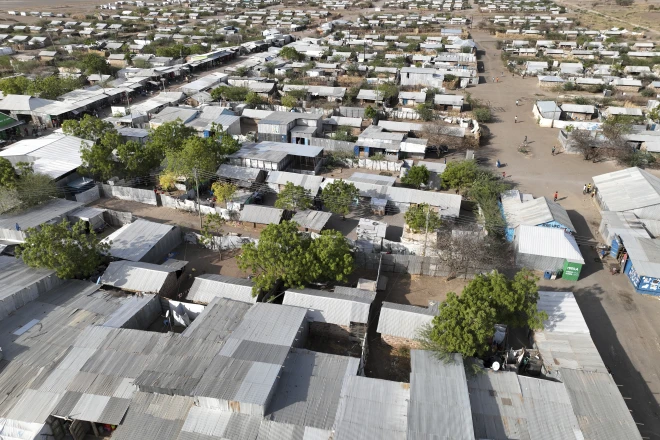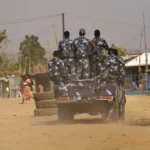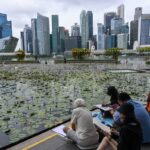Kakuma Camp, one of Africa’s largest refugee settlements, is a microcosm of resilience and adaptability. Located in Kenya’s Turkana County, it was established in 1992 to house refugees fleeing conflict, persecution, and human rights violations. Over the decades, Kakuma has evolved from a temporary settlement into a bustling enclave that houses over 200,000 individuals from more than 20 countries. The question arises: Can Kakuma evolve into a permanent city? The evidence suggests that this transformation is not only possible but already in motion.
Historical Context
Initially founded to welcome and provide refuge to those in dire need, Kakuma has faced immense challenges, including inadequate resources and ongoing tensions due to host community dynamics. However, over time, it has developed infrastructure—schools, healthcare facilities, and businesses—indicating a shift towards a more permanent establishment. The camp’s population is increasingly stable, with many residents having spent years, if not decades, in Kakuma.
Economic Viability
The potential for Kakuma to transition into a thriving city largely hinges on economic sustainability. The camp’s economy is buoyed by businesses established by refugees, including shops, bakeries, and service providers. According to a UNHCR report, the informal economy in Kakuma generates millions of shillings annually, boosting local employment opportunities.
Furthermore, initiatives like the Kakuma Youth Entrepreneurs (KYE) program empower young refugees by providing them with skills and access to financial resources. As entrepreneurial activities flourish, the camp becomes more economically viable, paving the way for urban development.
Infrastructure and Services
For Kakuma to qualify as a city, it requires upgraded infrastructure. Presently, the settlement has basic services, but ongoing projects are focusing on enhancing facilities. Recent efforts include improved water supply systems, electricity access, and waste management services. These developments are crucial; cities are defined by their infrastructure, and as Kakuma enhances its facilities, it increasingly resembles an urban area.
Additionally, organizations such as UNHCR and various NGOs are working tirelessly to improve educational and healthcare services within the camp, ensuring that residents receive quality support. With these improvements, Kakuma could cater to a growing population and enhance the quality of life, key aspects of a successful city.
Sociocultural Integration
One of the defining features of a city is its cultural diversity, which is evident in Kakuma. The camp is home to over 20 different nationalities, resulting in a rich tapestry of languages, traditions, and religions. This blending of cultures could set the groundwork for a vibrant, multicultural urban space.
As social bonds strengthen, refugees may become increasingly invested in the camp’s future, fostering a sense of community and identity. Initiatives promoting cultural exchange and integration among diverse groups can enhance social cohesion, a necessary ingredient for any city.
Challenges Ahead
While the prospects are encouraging, challenges remain. Political instability in the region, funding constraints, and the complex dynamics with host communities pose threats to Kakuma’s evolution. Moreover, the Kenyan government’s policies on urbanization and refugee integration play a crucial role in determining the camp’s future.
Conclusion
In conclusion, Kakuma Camp stands at a crossroads, with the potential to transition from a refugee settlement to a city. Economic growth, infrastructure development, and sociocultural integration are all on the rise. However, the journey will require concerted efforts from the Kenyan government, international organizations, and the refugees themselves. With strategic support and sustainable investment, Kakuma could very well evolve into a flourishing urban center, redefining the narrative of refugee settlements in Africa.
Email Us on editorial@nnafrica.com













